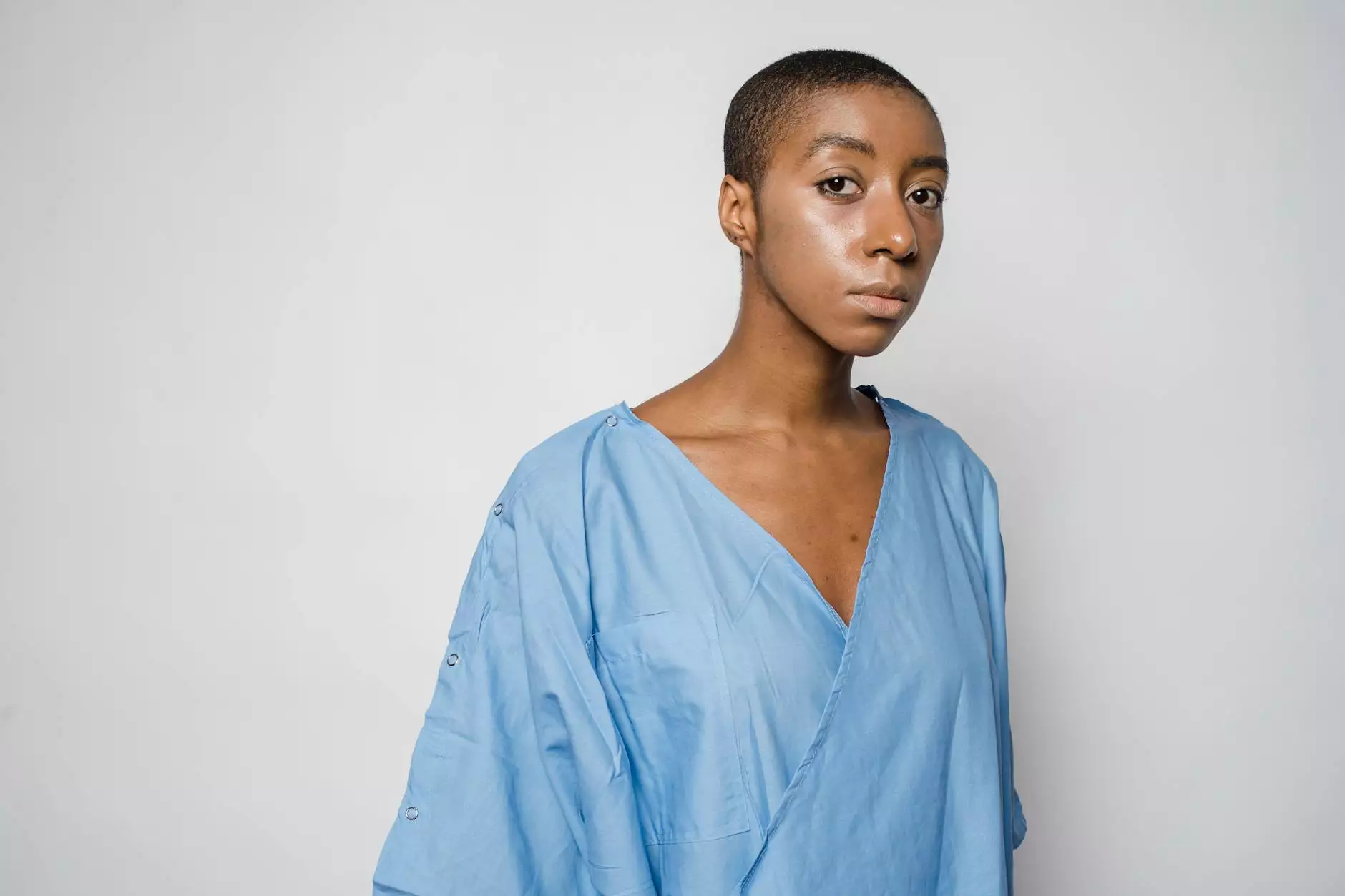Maintenance After Hair Transplant - Miami Hair Institute

Introduction
Welcome to the comprehensive guide on maintenance after a hair transplant procedure by Smith, Arthur F, MD at Miami Hair Institute. Our unparalleled expertise and patient care have made us the leading authority in the field of hair restoration. If you have recently undergone a hair transplant or are considering one, this article will provide you with the necessary information on how to ensure the best results and long-term satisfaction. Read on to discover expert tips and guidelines for post-transplant maintenance.
Understanding the Healing Process
After a hair transplant, it is crucial to understand that the grafts need time to heal and settle in their new location. Your body will naturally form scabs and crusts around the transplanted hair, which is a normal part of the healing process. It is vital to resist the temptation to scratch or pick at these scabs, as it can damage the grafts and hinder proper growth.
Post-Transplant Care Instructions
1. Follow Your Surgeon's Guidelines
One of the most important aspects of post-transplant maintenance is following your surgeon's instructions diligently. Your surgeon will provide you with specific guidelines tailored to your individual needs. These instructions may include:
- How to gently clean the recipient area
- What medications to take, if any
- When to resume normal activities
- How to protect your scalp from sun exposure
2. Be Gentle During Hair Washing
It is essential to be gentle while washing your hair after a transplant. Use a mild shampoo recommended by your surgeon and follow their instructions on how to cleanse the scalp without applying excessive pressure or friction. Avoid direct water pressure on the recipient area and pat dry gently with a clean towel.
3. Avoid Smoking and Alcohol
Smoking and alcohol consumption can negatively impact the blood flow to the scalp, which is crucial for proper healing and new hair growth. It is advisable to abstain from smoking and limit alcohol intake for a few weeks following the procedure.
4. Protect Your Scalp from the Sun
Exposing your scalp to direct sunlight can cause sunburn and adversely affect the healing process. It is crucial to protect your scalp by wearing a hat or using sunscreen with a high SPF when going outside, especially during peak sunlight hours.
Additional Tips and Recommendations
In addition to following your surgeon's instructions, here are some extra tips that can promote optimal results:
1. Maintain a Healthy Lifestyle
A balanced diet rich in vitamins, minerals, and proteins can aid in hair growth and overall healing. Stay hydrated, exercise regularly, and get enough sleep to support your body's recovery process.
2. Minimize Stress
Excessive stress can impact hair growth and may hinder the recovery process. Find healthy ways to manage stress, such as practicing meditation or engaging in hobbies that bring you joy and relaxation.
3. Avoid Strenuous Activities
Avoid activities that may put excessive strain on the scalp, such as heavy lifting or intense workouts. It is essential to give your body ample time to heal and avoid any potential complications.
4. Follow-up with Your Surgeon
Schedule regular follow-up appointments with your surgeon to monitor your progress and address any concerns or questions you may have. These visits allow your surgeon to ensure that your healing process is on track and make any necessary adjustments to your post-transplant care.
Conclusion
Proper maintenance after a hair transplant is crucial for achieving the best results and long-term satisfaction. By following the guidelines and tips provided by Smith, Arthur F, MD at Miami Hair Institute, you are giving yourself the best chance for a successful outcome. Remember, each individual's experience may vary, and it's essential to consult with your surgeon for personalized instructions.










